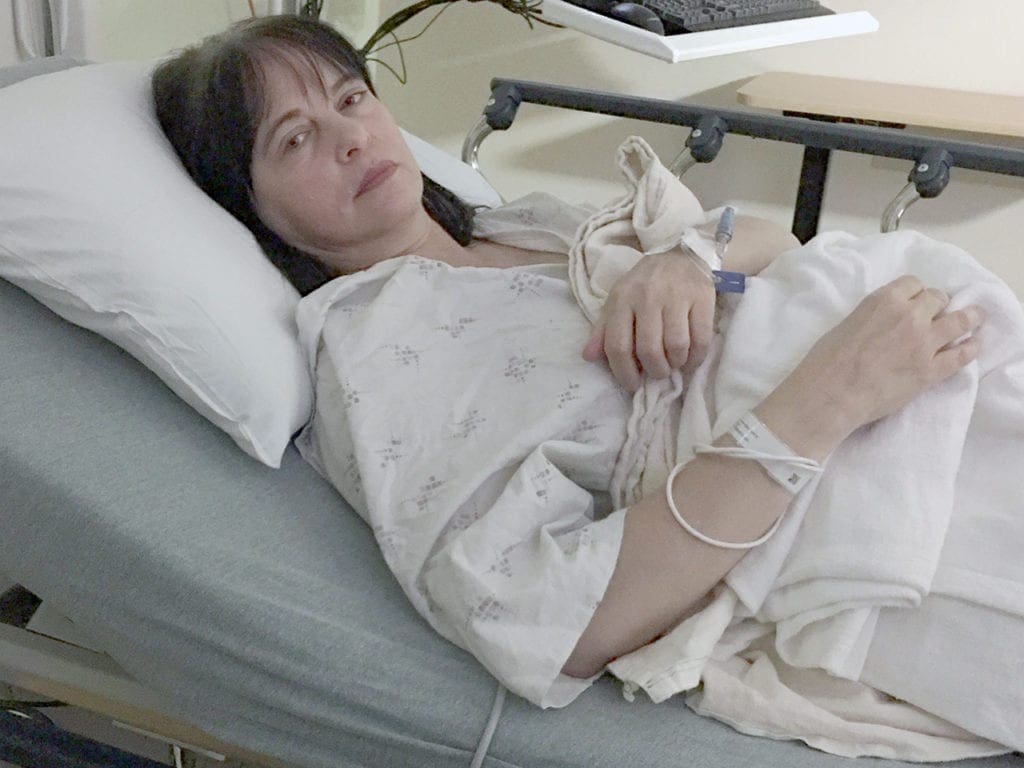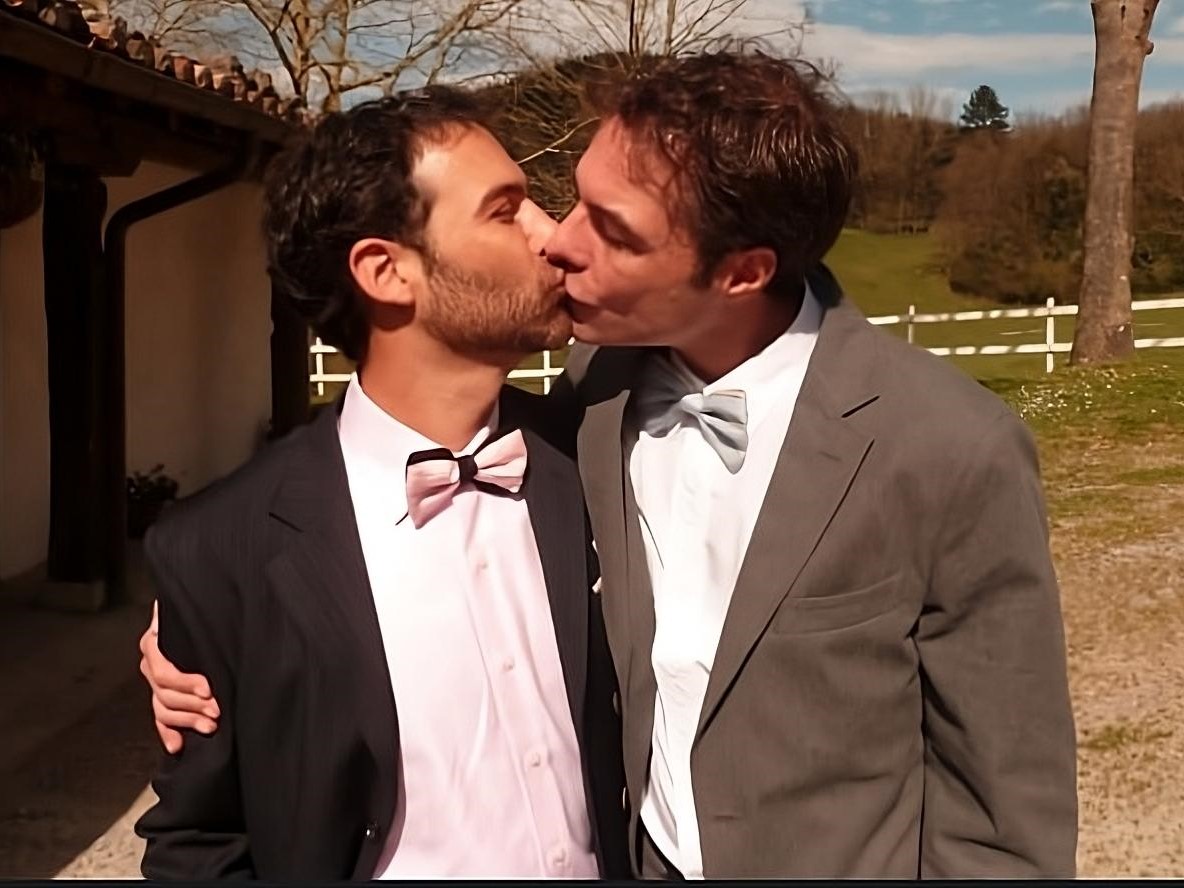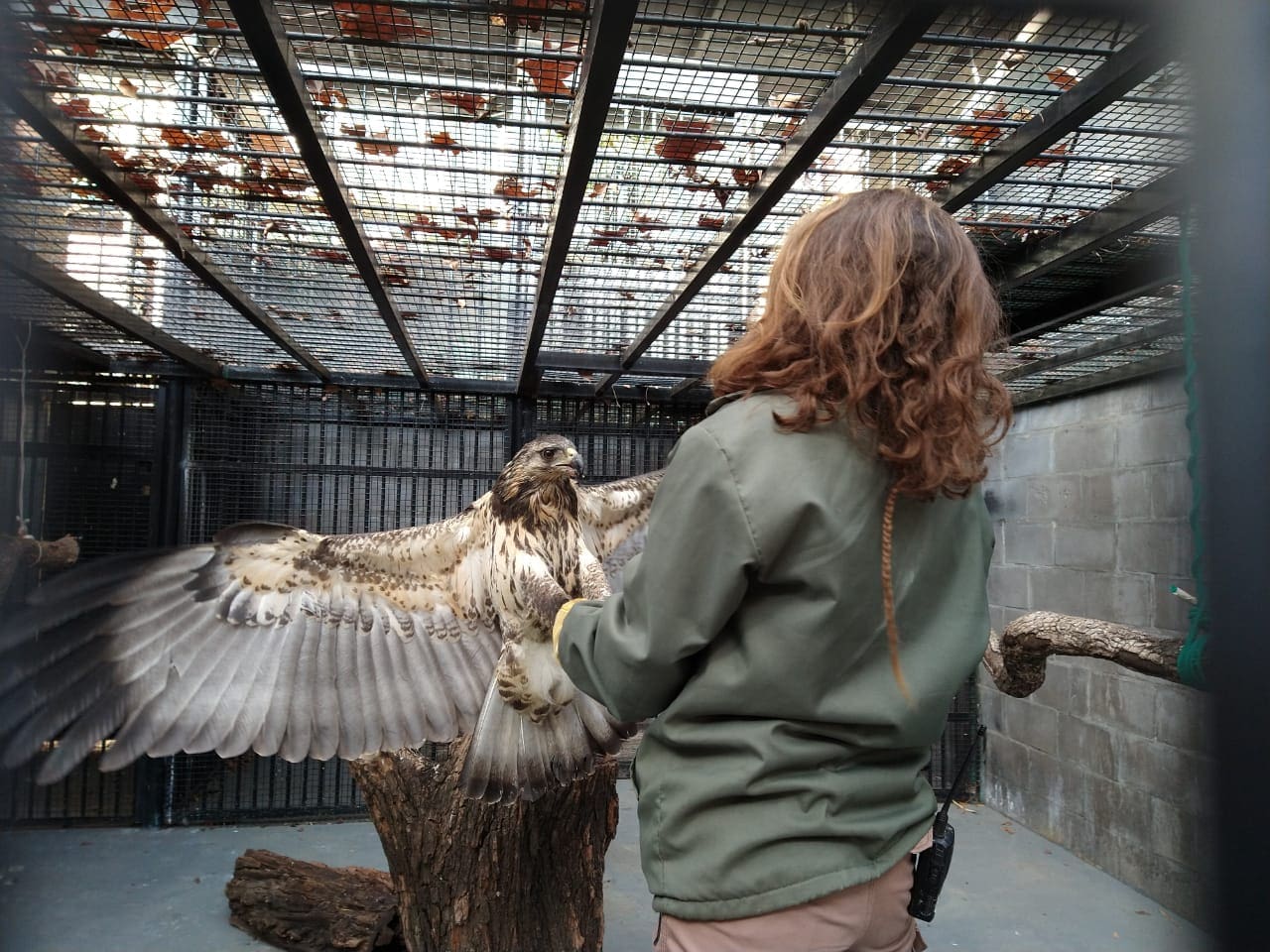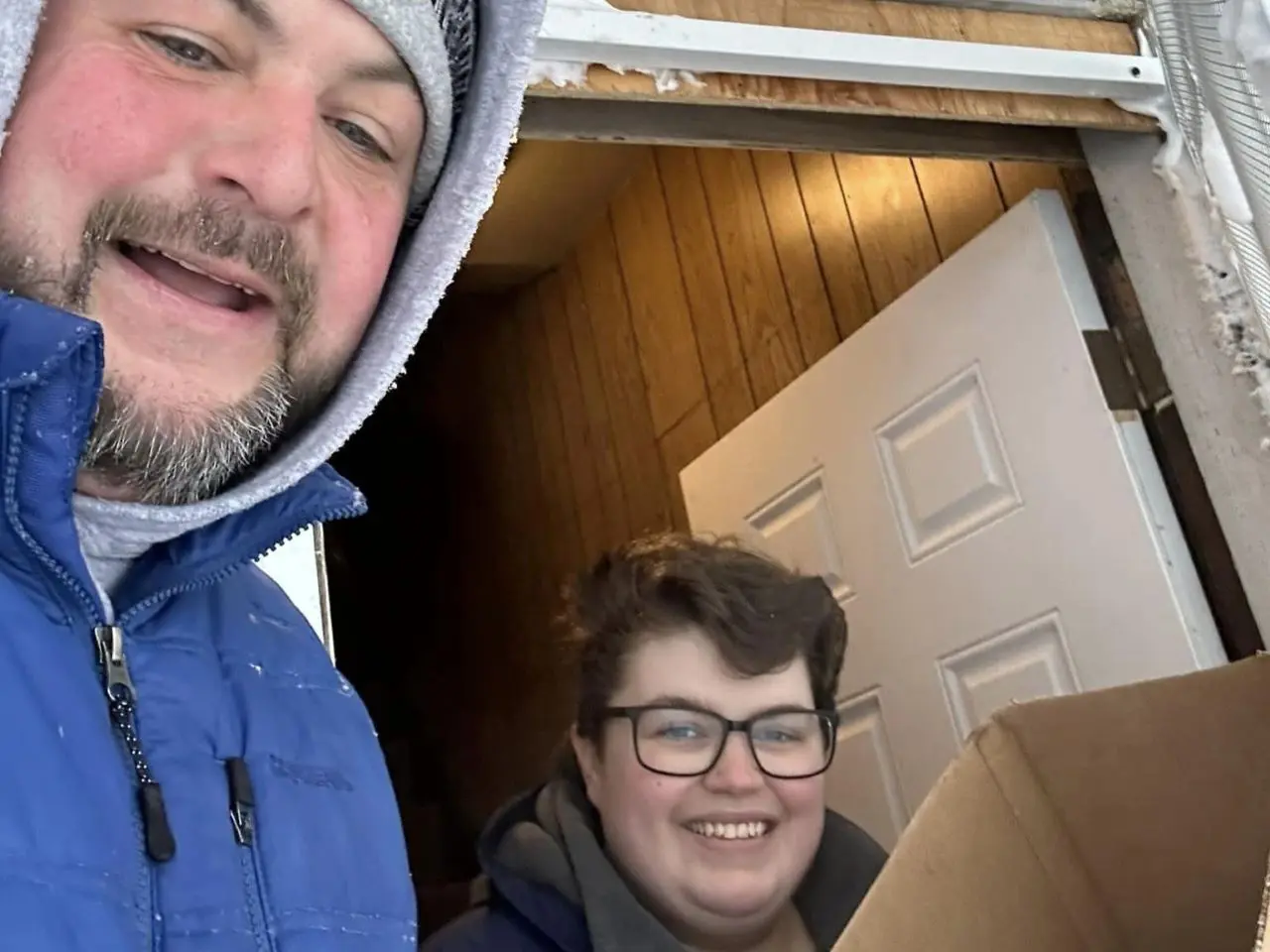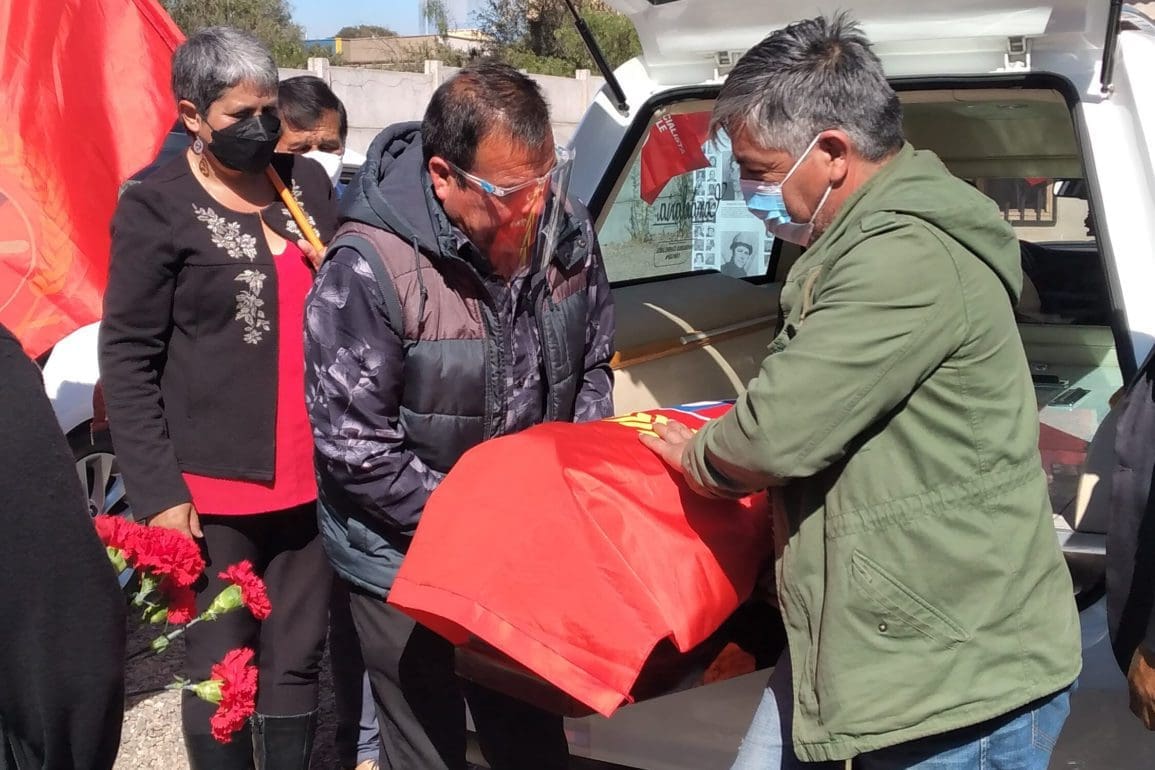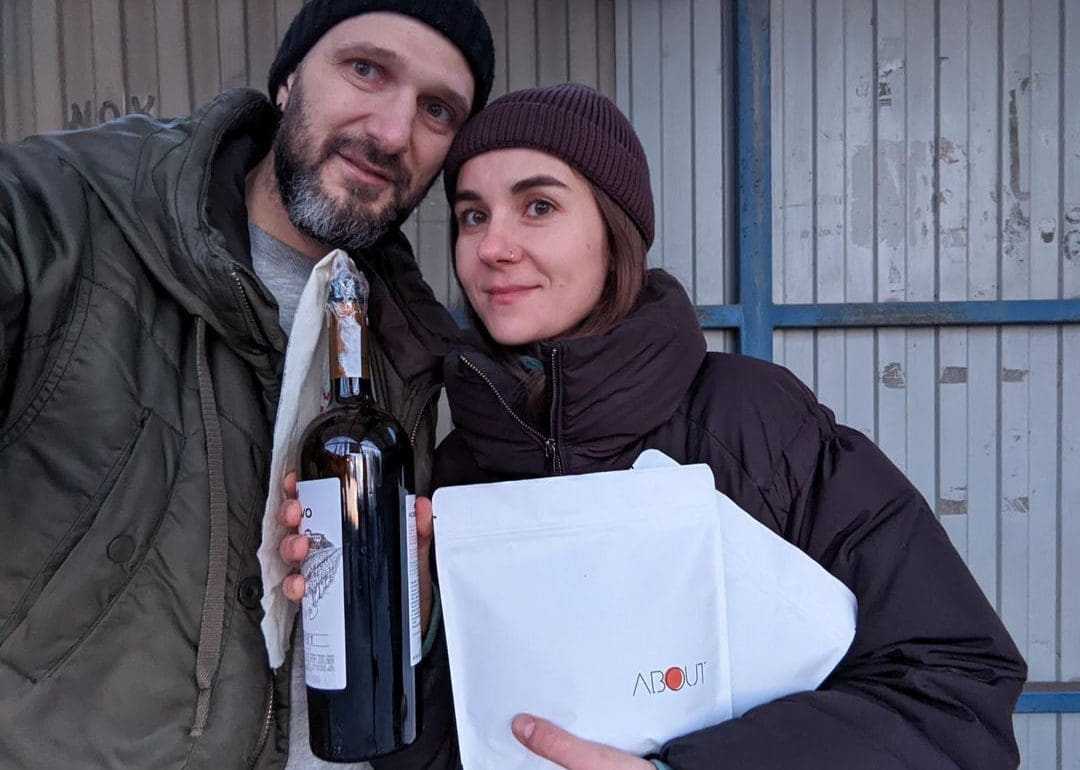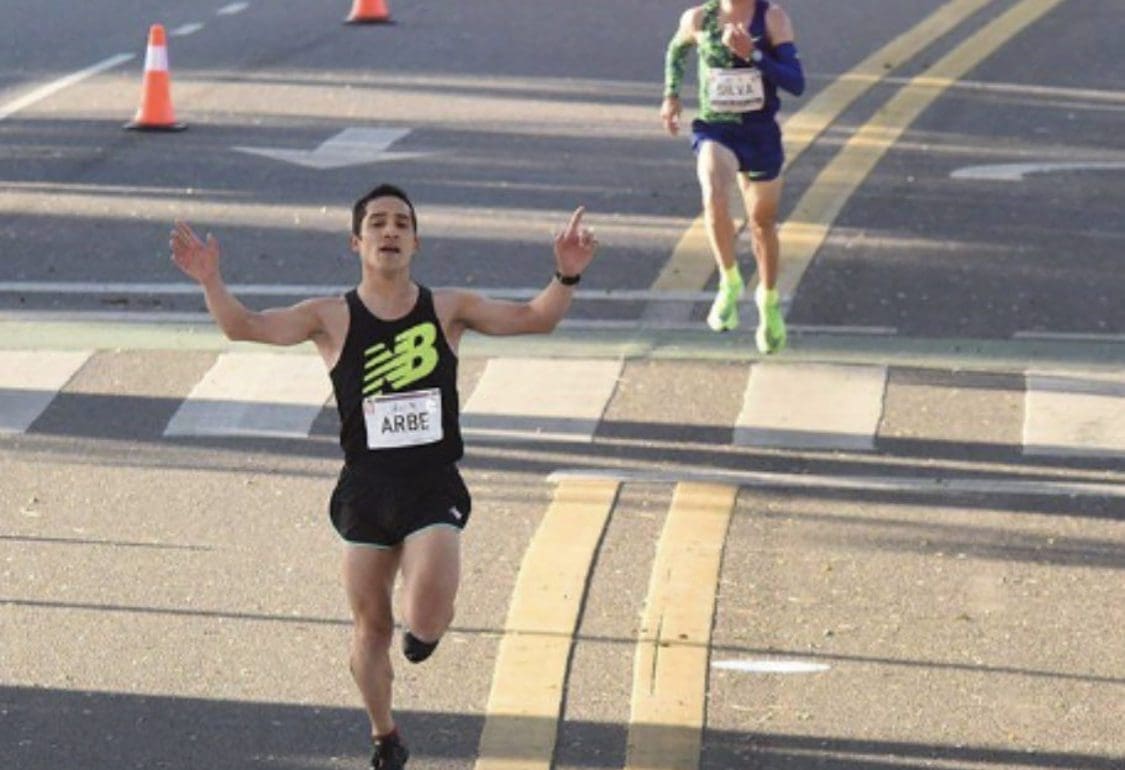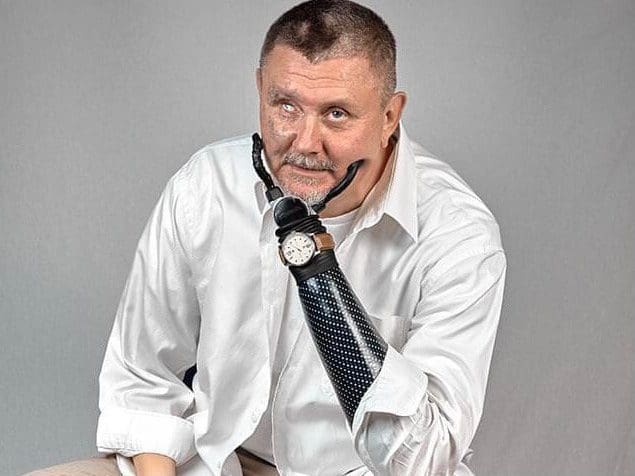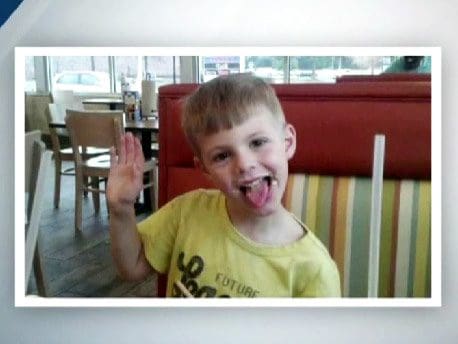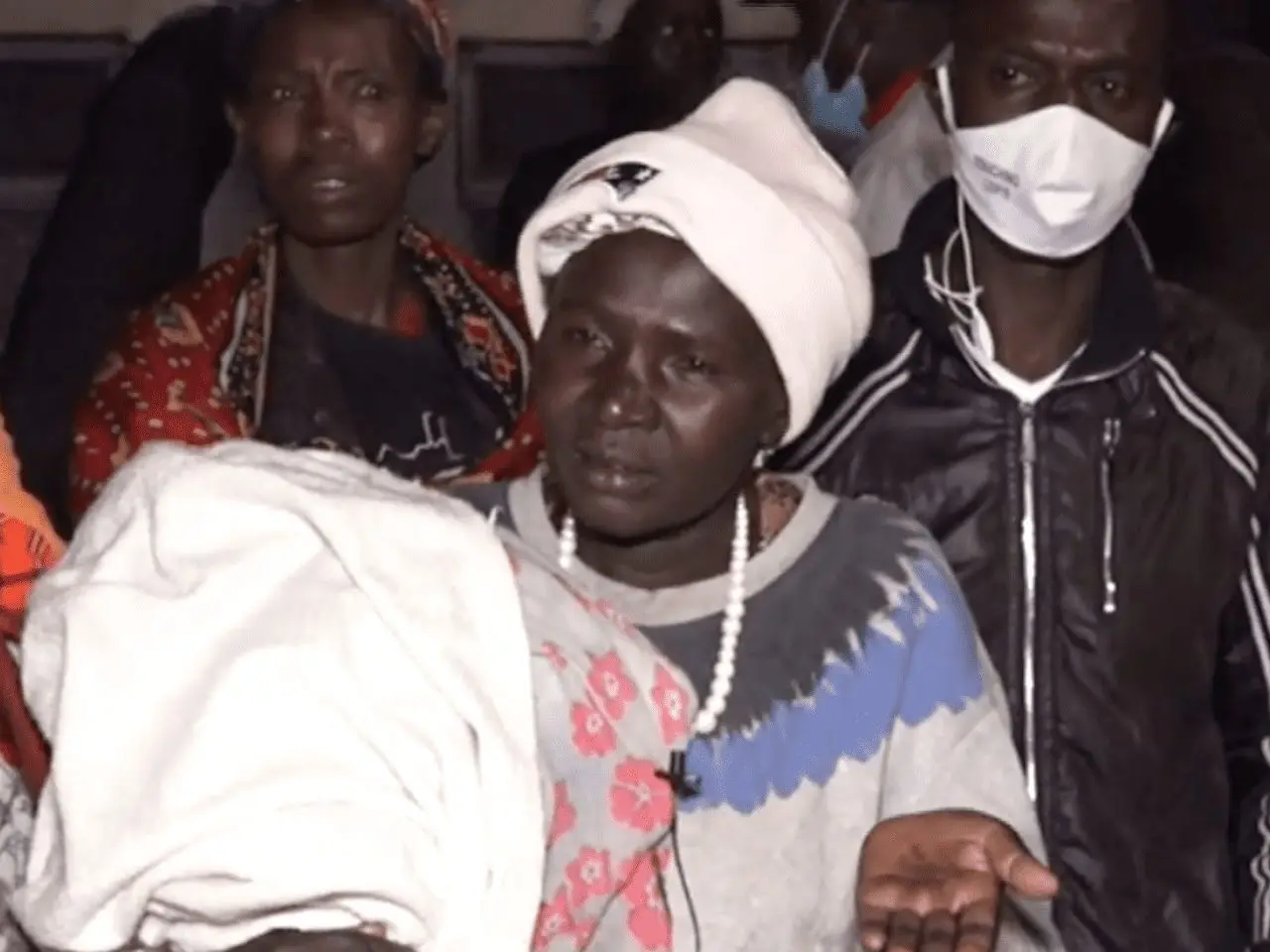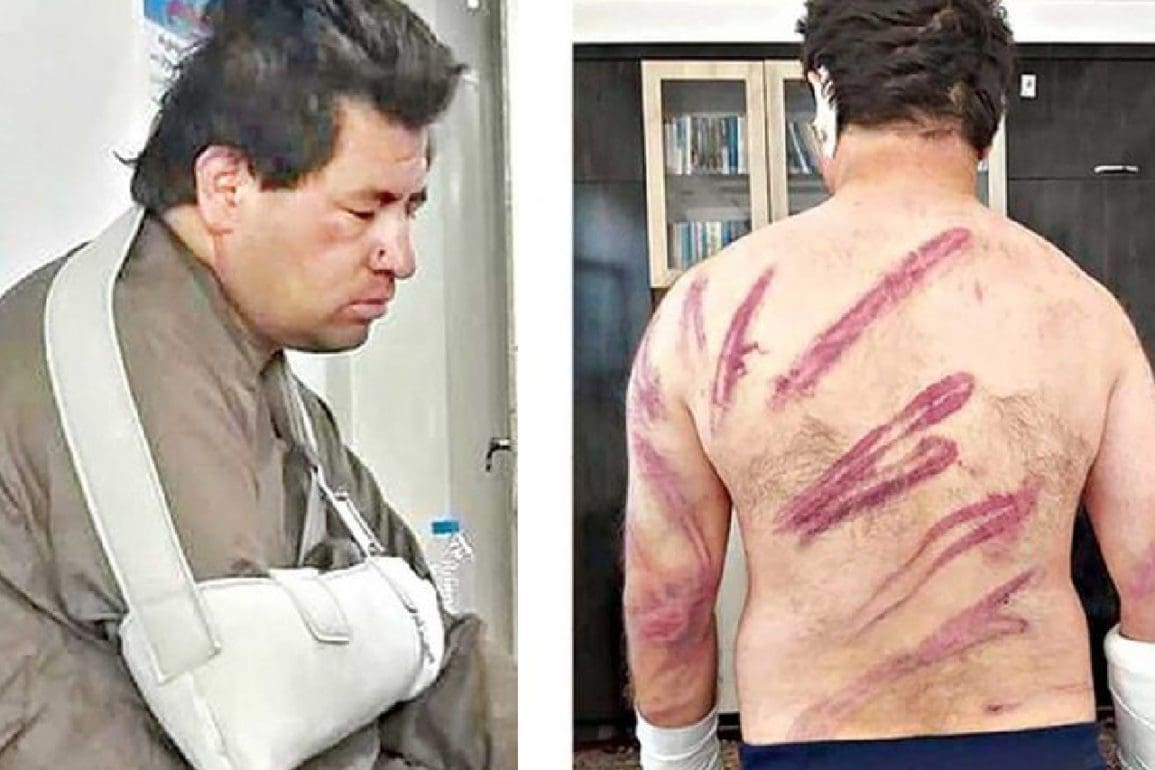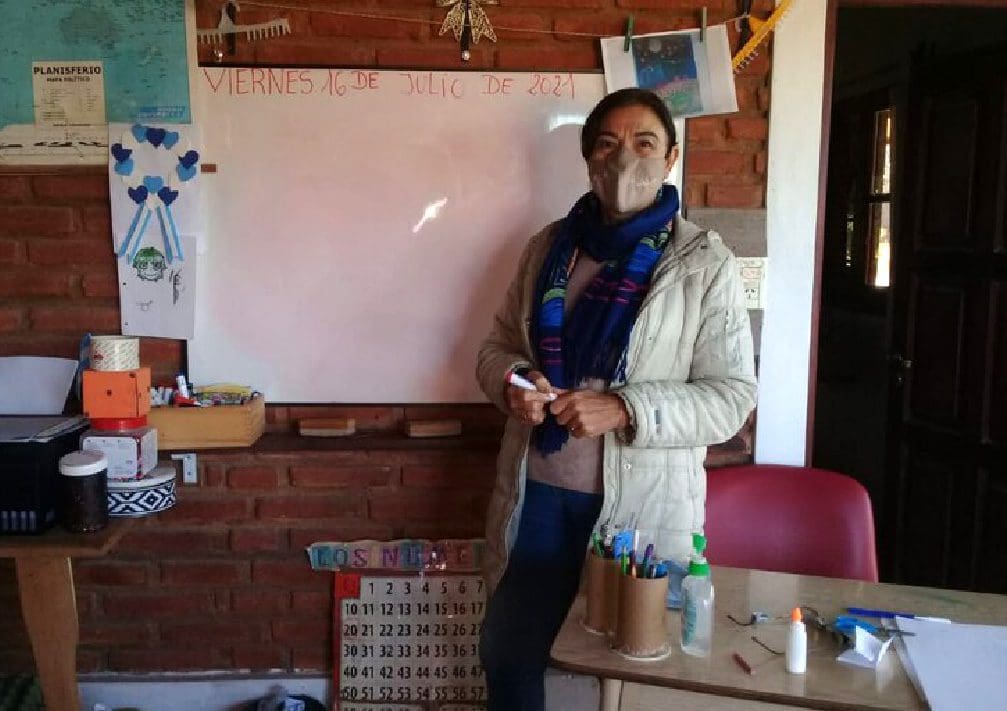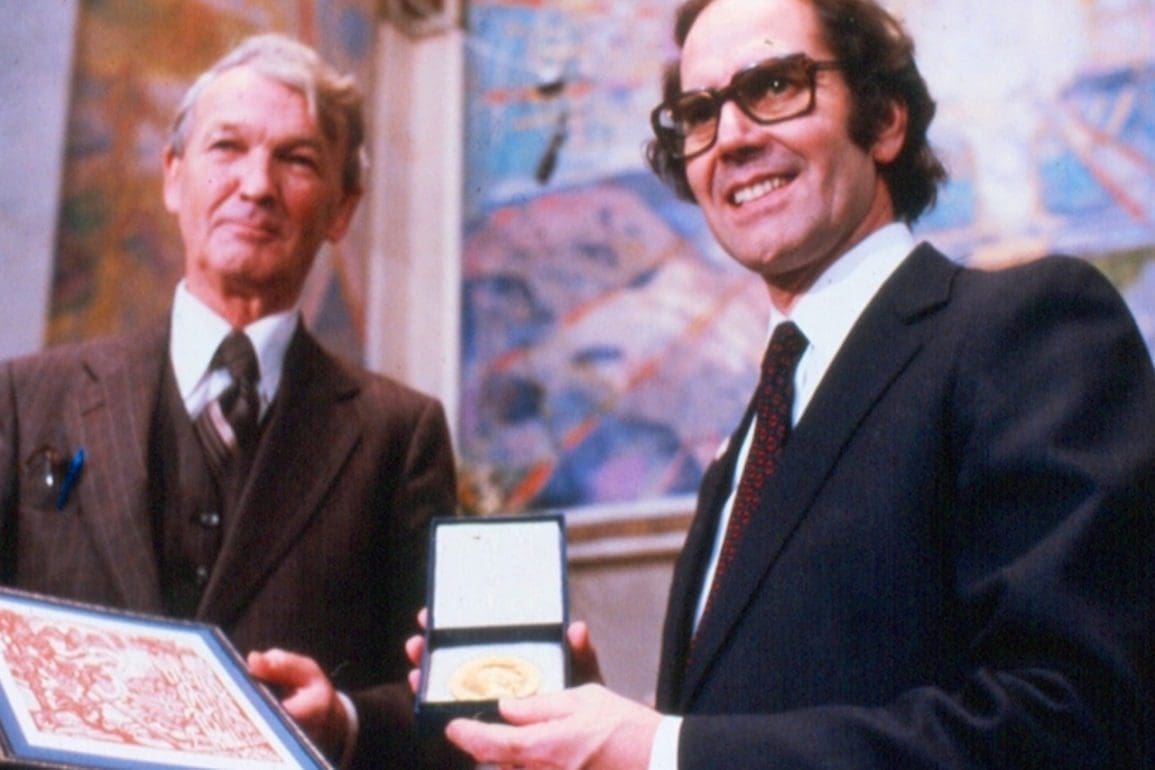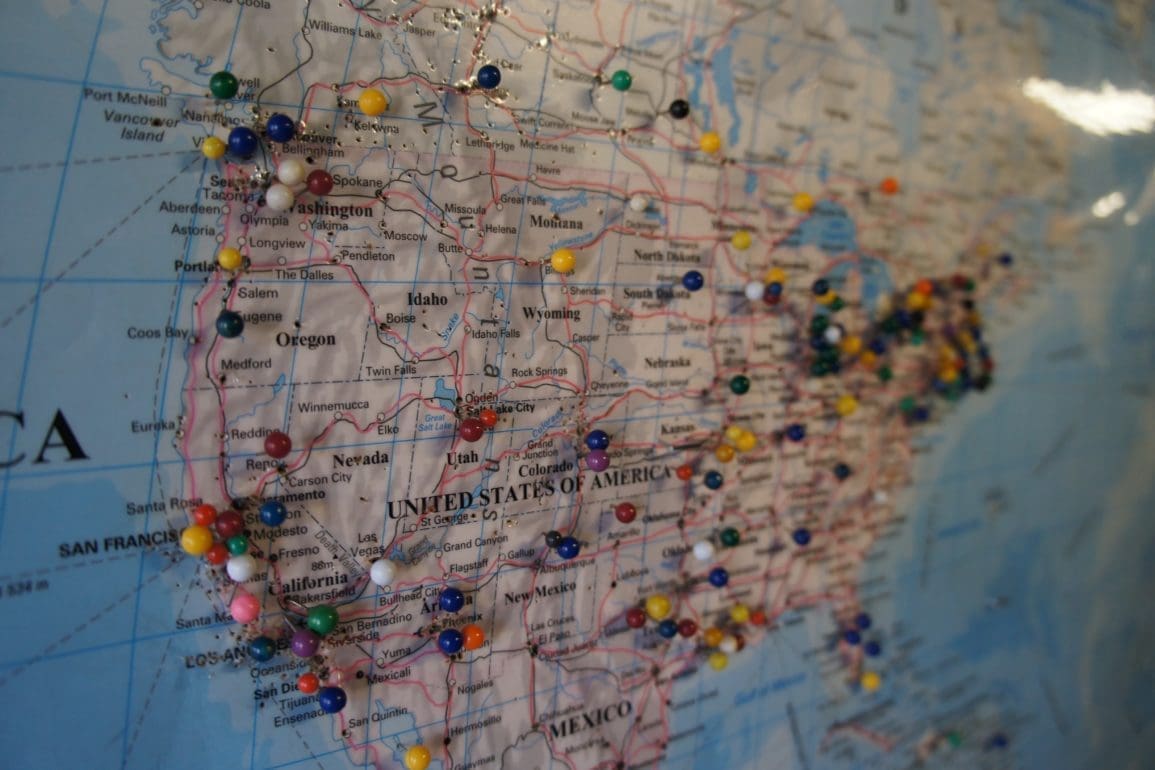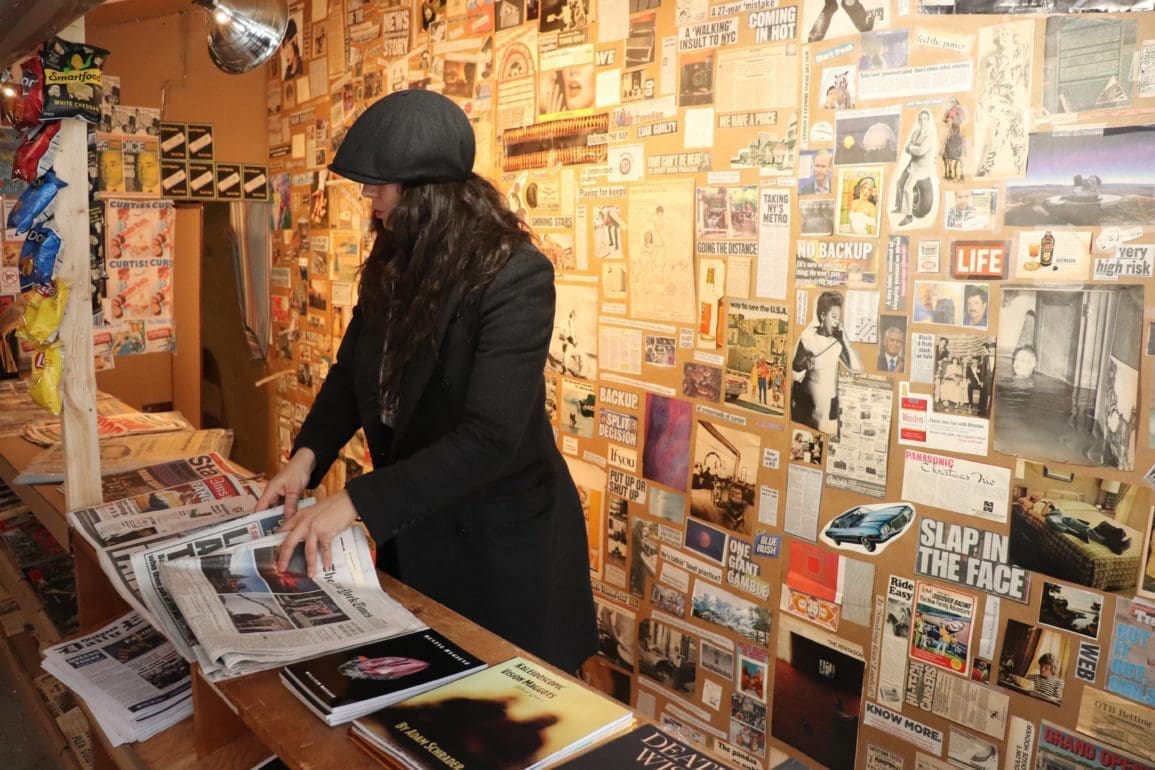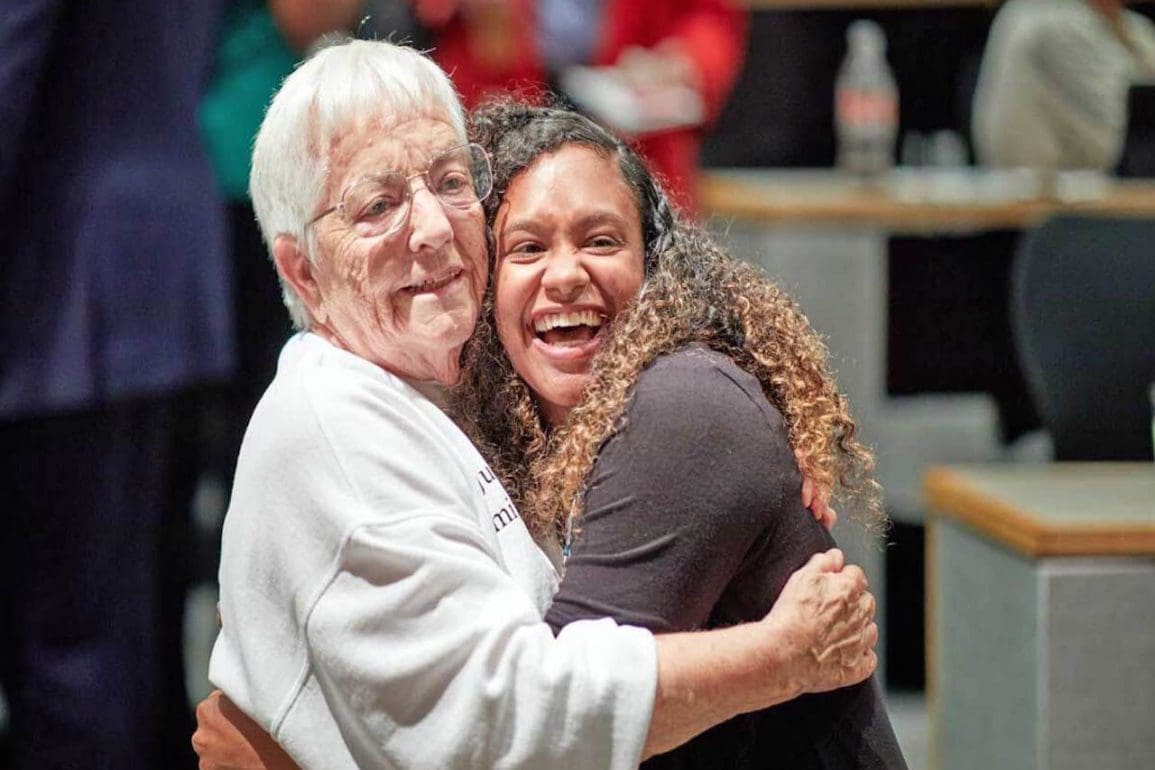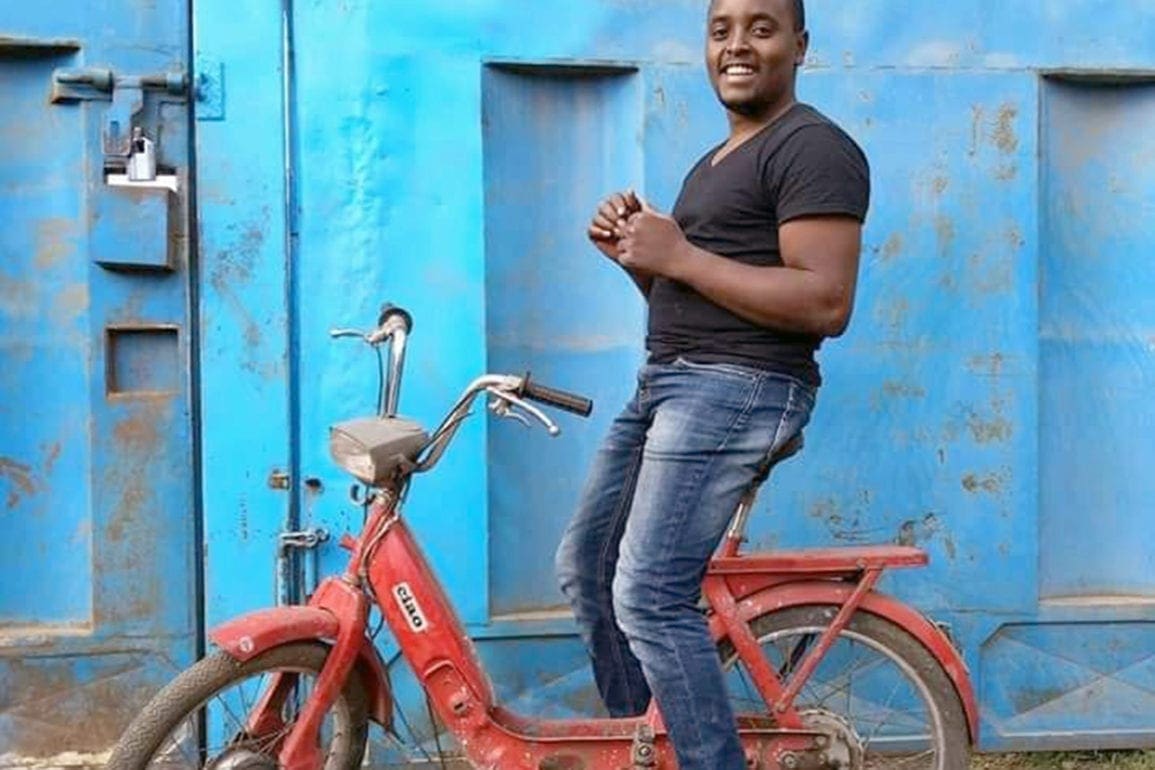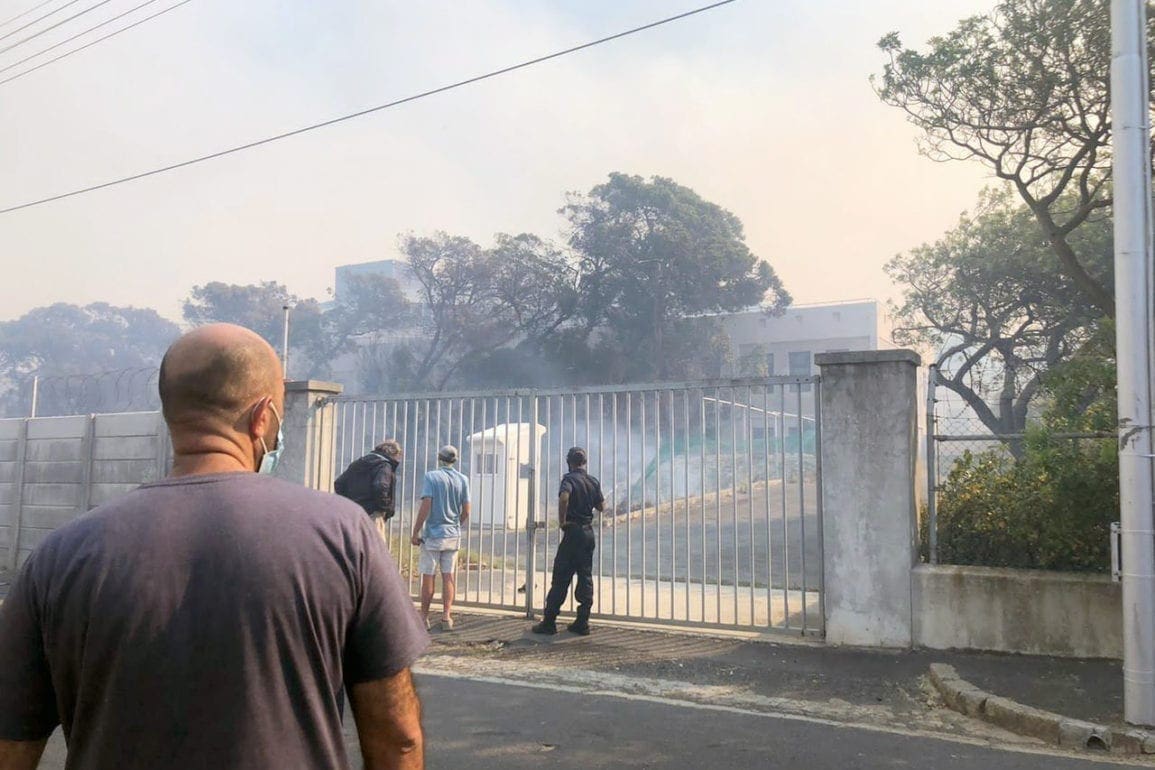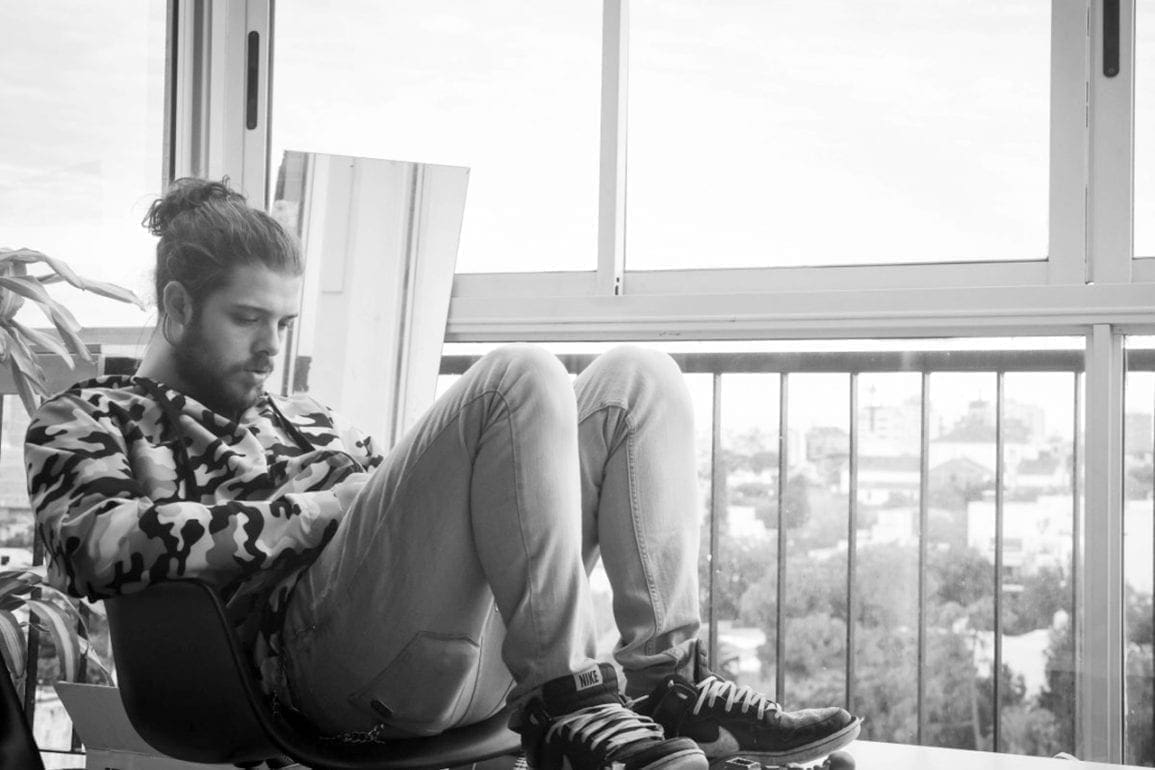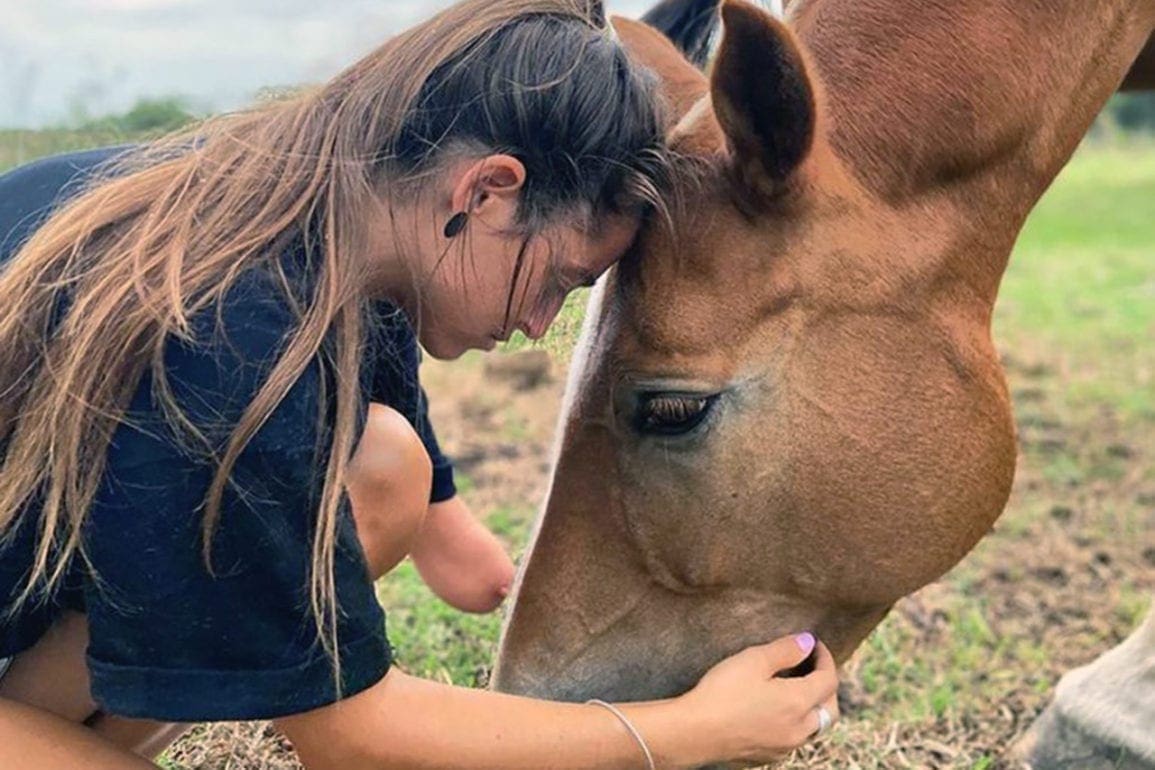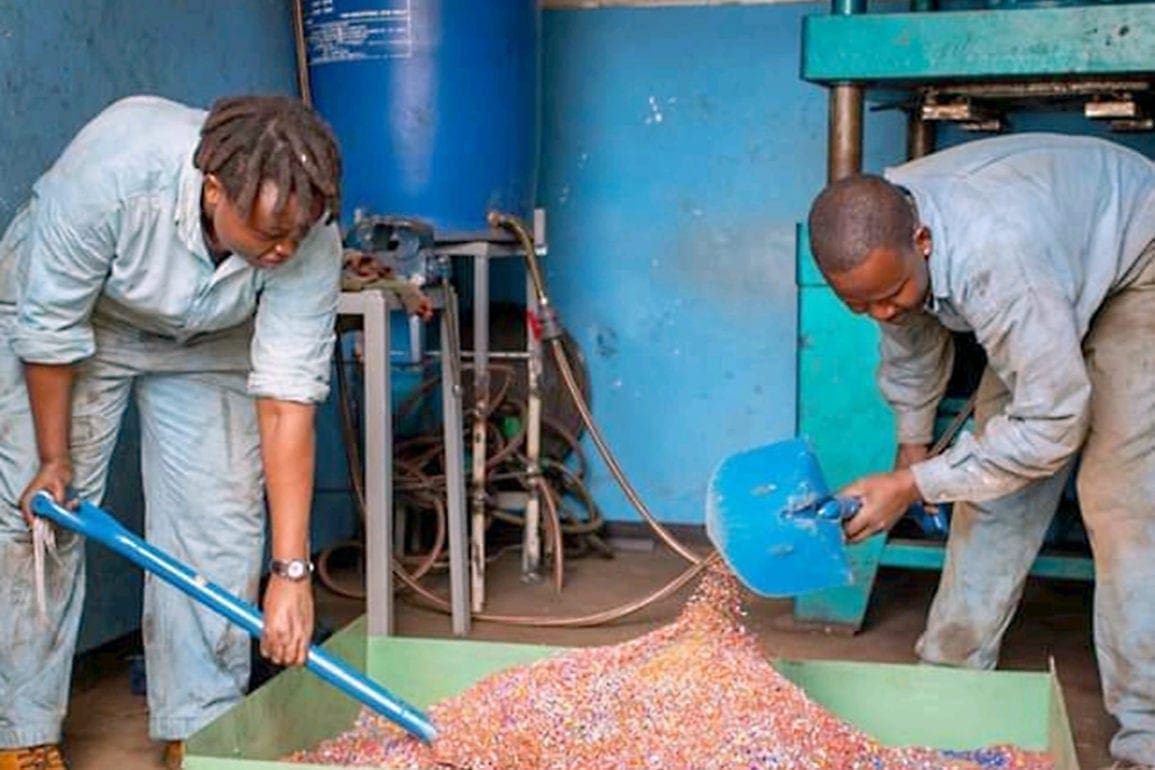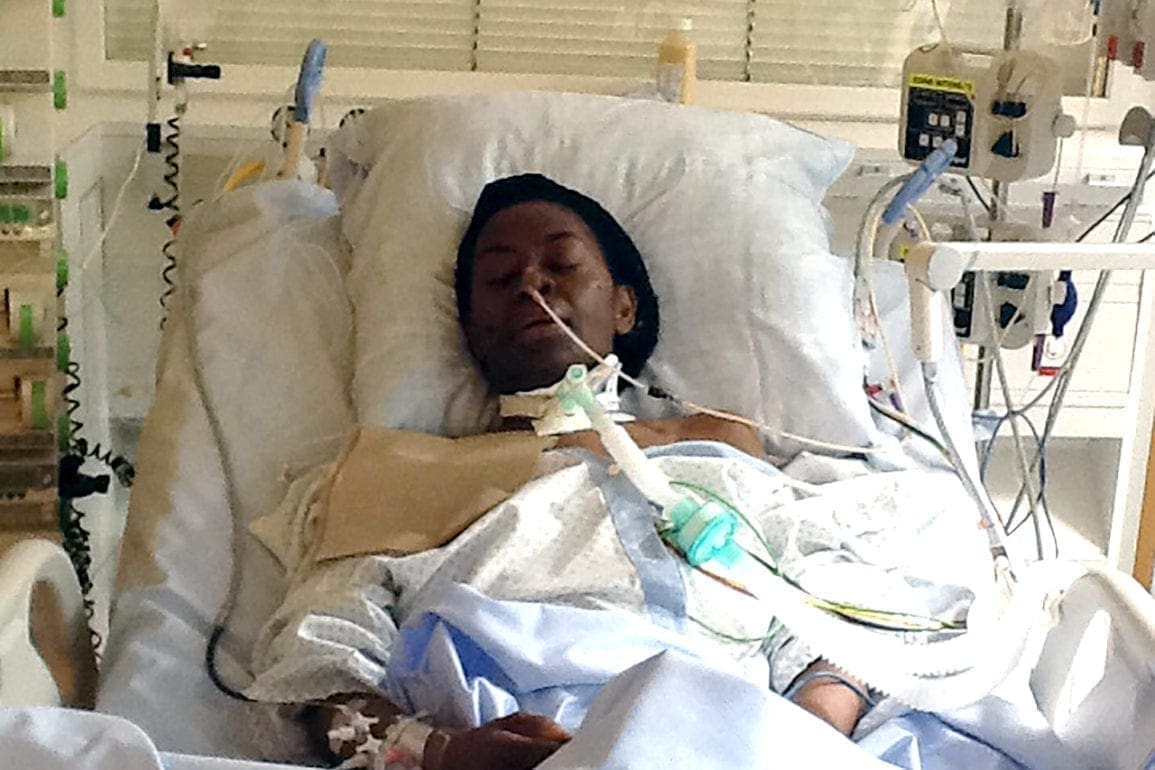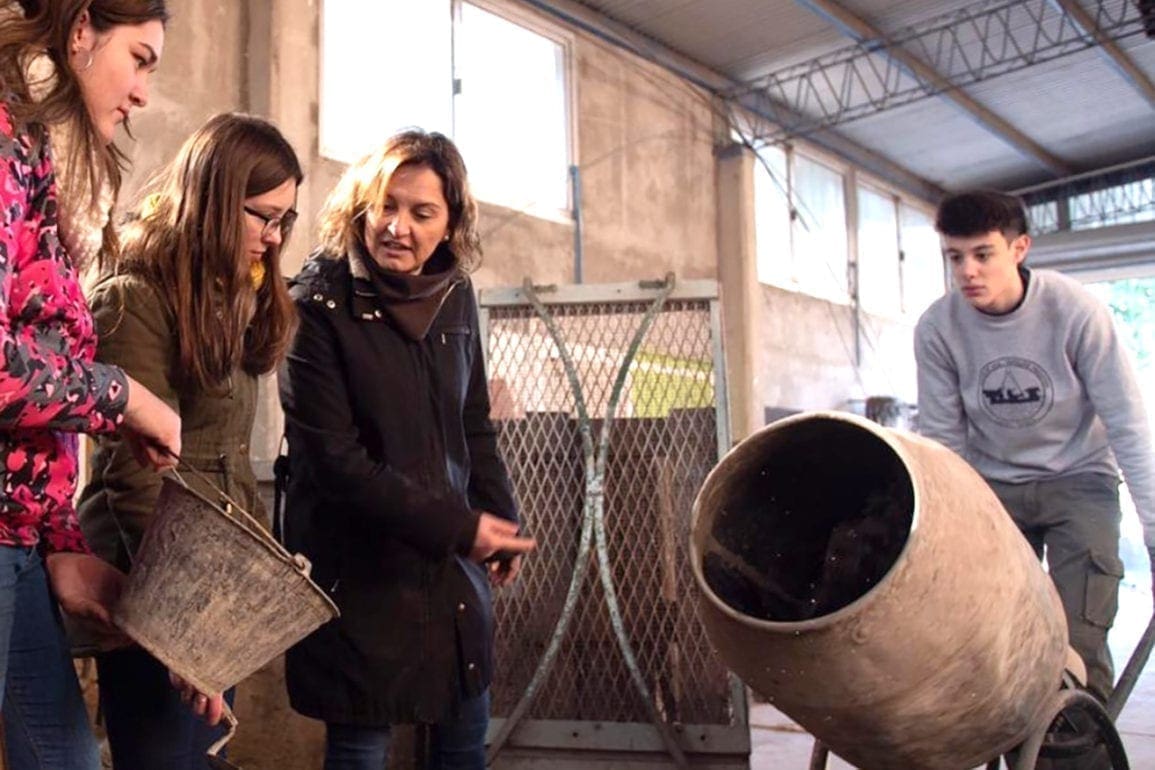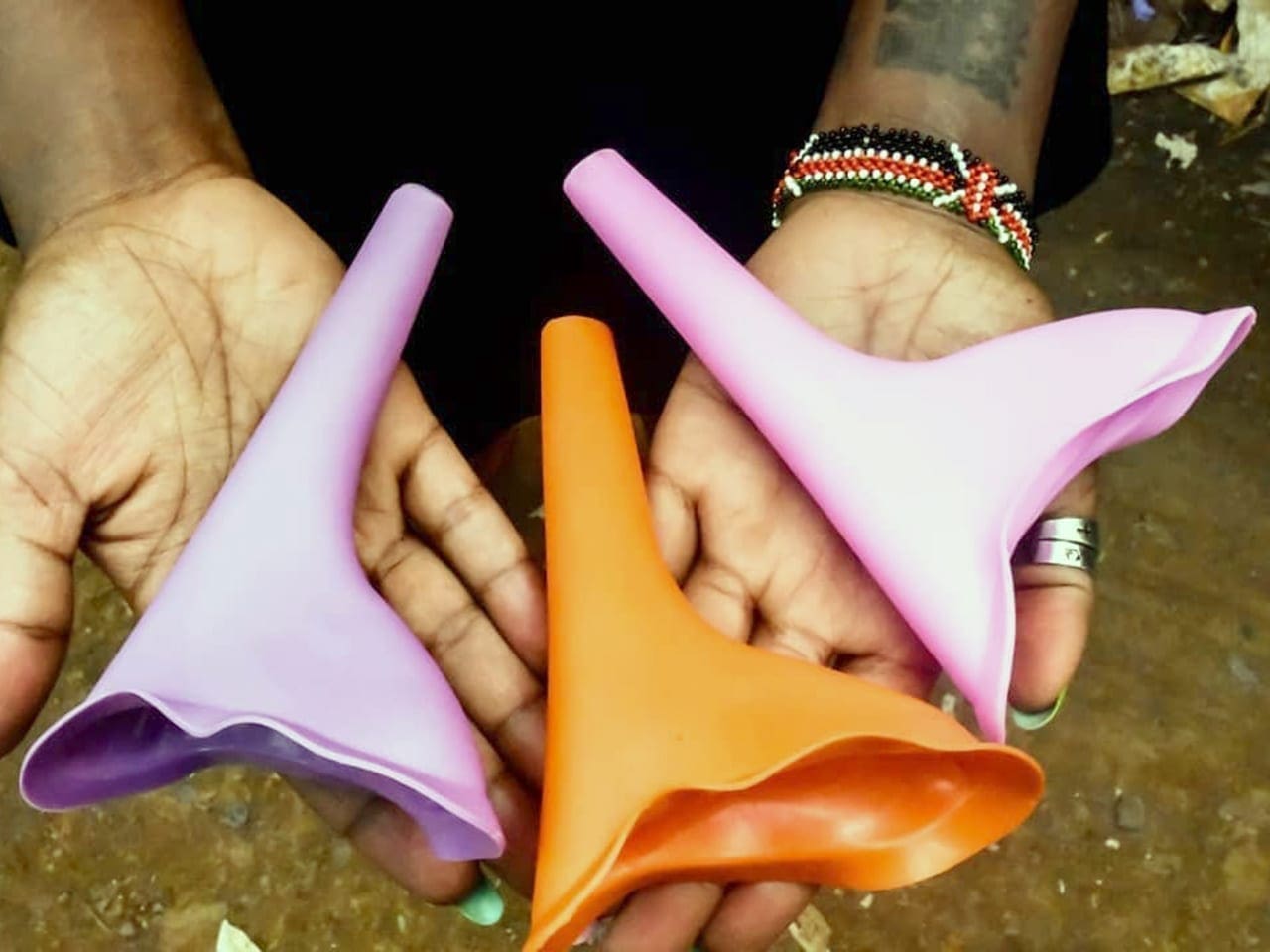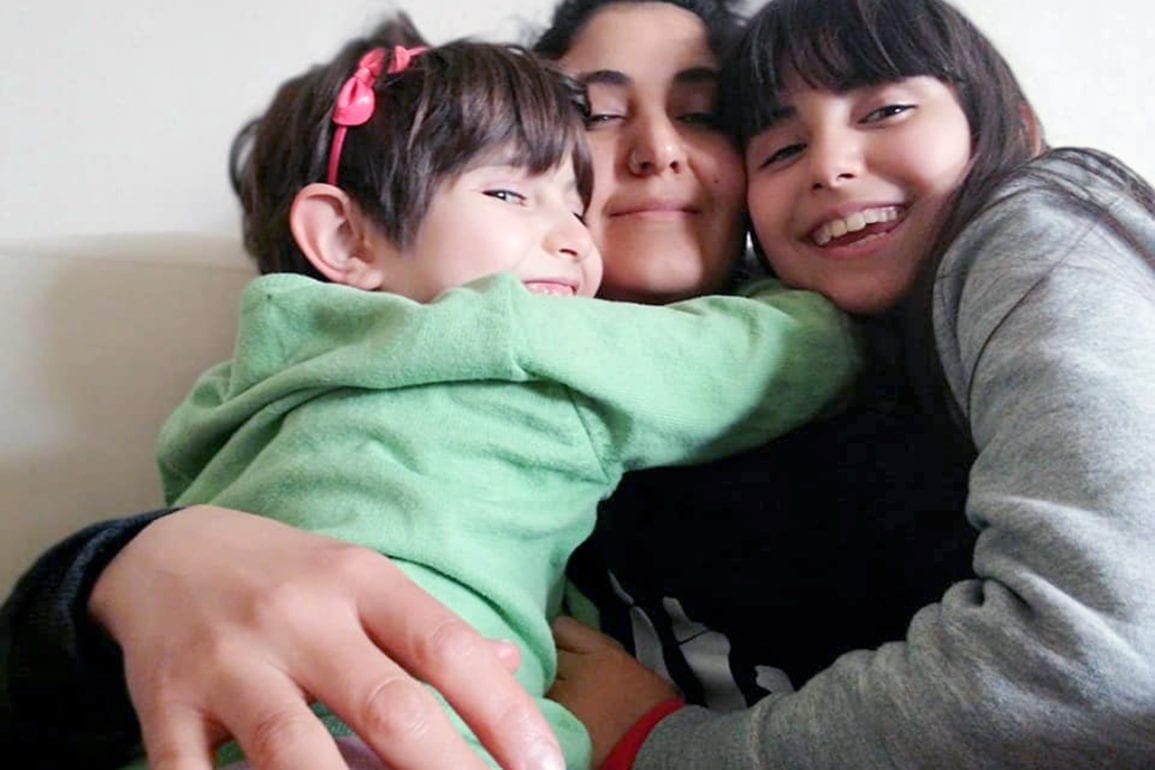Fear of vomit can make you sick
Emetophobia is an intense fear of being nauseous, throwing up, or seeing someone else vomit. Imagine going in for surgery when you need general anesthesia.
- 4 years ago
November 5, 2020
SANTA FE, New Mexico — I lay shivering in the freezing pre-op room, even though two heated blankets were draped across my hospital gown.
My waist-length hair, stuffed into the paper-thin blue shower cap, threatened to escape with every move. My elbow surgery was scheduled for noon, and it was already 2:30 p.m. My husband, Mark, in his jeans and maroon Cornell sweatshirt, sat in a chair in this small room, dozing off, while my heartbeat ran a marathon.
I wasn’t afraid of the fact that my brilliant orthopedist, Dr. Chun, was going to perform a medial epicondylitis procedure on me for a common affliction called golfer’s elbow, even though I don’t play golf. I didn’t even care that I was going to have a scar. Terror emerged in me because I am an emetophobe.
Emetophobia is an intense fear of being nauseous, throwing up, or seeing someone else vomit. It’s not that much of a worry with light sedation, but this day’s procedure called for general anesthesia. So when the anesthesiologist came into the room to talk to me, I told him about my condition and that it was absolutely essential that he give me an anti-emetic in my IV line. I waited for him to say, “No problem.” Instead, he just looked at me and said, “You have what?”
“Emetophobia,” I told him, and this time I spelled it and emphasized the root of the word—emet—from the word “emesis.”
“Oh, well, no one likes getting nauseous,” he said. “Have you ever had anesthesia before?”
“Yes,” I said, “but I really need you to understand—”
“And are you allergic to any medications?”
“No,” I said. “I really need to know that I won’t get nauseous after coming out of anesthesia.”
He said, “Yeah, OK, I’ll put Zofran in your line.”
Of course I knew what Zofran was. Any true emetophobe would. But I wasn’t convinced he was taking this seriously.
I looked to Mark for support, but his closed eyes and fake snoring was my hint to leave him out of this.
When it all began
The first clue that I had emetophobia came during my freshman year of college when I locked myself in my dorm room while a wild party roared on my floor. I was terrified that someone would drink too much and get sick in front of me.
I realized my behavior was not normal. So I went to a phobia clinic in New York. I was so embarrassed to tell the doctor what my issue was, but he didn’t flinch when I told him, “I’m scared to death to throw up.”
He said he wanted to try some desensitization exercises with me. He placed me in a chair with wheels and twirled me around in circles in an attempt to induce nausea. When he stopped, he asked me, “How anxious do you feel, on a scale of one to 10?” I said I didn’t feel anxious at all, but now I was dizzy.
His next approach was to use logic. “What is the worst thing that will happen to you if you throw up?” he asked. I said, “I will be horribly embarrassed. Maybe I would even die from it.” Then he asked me, “What’s the worst thing that can come from embarrassment?” I said I didn’t know. Finally, he said, “Do you have any evidence that you would die if you threw up?” I said no. There was no way I was going to let him use common sense with me.
Bring on the Zofran
Back in the pre-op room, the anesthesiologist called the nurse over to get the Zofran ready, and she asked him whether he wanted 400 milligrams or 800 milligrams. He ordered the 400.
“I think I want the 800,” I told him.
“You can’t get the 800,” he said and left it at that.
By this time, Mark had perked up. He is a veterinarian, and I hoped maybe he could explain this to me, since Dr. Dreamweaver seemed annoyed at me already.
“Drugs go according to weight,” Mark said, “and you’re not big enough for the 800 milligrams.”
Dreamweaver said I should be fine. He asked Mark if he was a physician. When my husband said that he was a veterinarian, the doctor gave him that familiar doctor nod that says, “OK, we understand each other. I’ll leave the explaining to you, since your wife seems a little weird.”
I grabbed Mark’s arm and said, “I really think the 800 would be better.” Mark was now sitting up in the chair, gently banging his head against the wall.
I asked the anesthesiologist how he could be sure I wouldn’t be sick after I came out of surgery. He said that if I feel sick afterward, the nurse can give me something for it. I asked him if I could automatically have something as I’m being wheeled out of the operating room, and he said no. He asked me if I’ve ever had complications from anesthesia, and I told him no. Then he left, and a nurse came in to take my vitals. I asked her if Zofran is the best choice for me, or whether I should have something stronger.
The nurse said I should be fine.
Mark said, “You just asked the doctor about this; you already have your answer.”
“It doesn’t hurt to get a second opinion,” I said.
He went back to banging his head against the wall.
Finally, Dr. Chun, the orthopedist, came in to make sure that we were still going ahead with the surgery because he had heard that I was having some issues with the anesthesia. I told him that I think we’re good to go, but I was just wondering how many times he’d seen people get sick after this procedure. He smiled at me the way you might smile at a mental patient and said I should be fine. I wondered why they all kept saying that.

Emetophobes never get sick
The truth is, the last time I actually vomited, I was 12.
The thing about people with emetophobia is that they actually never throw up.
Some researchers have speculated that emetophobes have turned off the vomit centers in their brains. Others say it is because sufferers so carefully avoid situations that might make them sick, such as drinking, eating questionable food, or flying. Although statistics are fuzzy, some claim that emetophobia is more common than one would think.
AnxietyUKI.org says, “It is a condition that is not widely diagnosed even though it is a fairly prevalent anxiety disorder.”
People terrified of spiders or snakes don’t generally mind expressing their fear of arthropods or reptiles, but fear of vomiting is more likely to induce shame, therefore leading sufferers to a quiet misery. But an online search reveals a wealth of information about the condition, including theories on its origin — a negative reaction to a stomach bug in childhood, a fear of loss of control, a humiliation linked to a vomiting episode — to support groups and treatment. Yes, there are ways to connect to other emetophobes, where we can all get together and not drink or eat or take a midnight cruise.
I don’t know where this fear came from, but I have noticed similarities among sufferers. We all avoid potentially embarrassing situations and vulnerabilities. Many of us are not comfortable speaking publicly. Most of us have issues of control. Some of us can’t cry in public. And probably all of us give nice doctors a hard time about anesthesia. We also struggle with sharing what’s inside of us — kind of a metaphor for puking.
I grew up in New York and always knew I wanted to be either an actress or a writer. In my youth, the acting bug hit hard, and I was already living in the right place for it, so I chased it. I landed a few small roles and worked for a few years as a model but never quite “made it” because of my condition. On camera, my heart would pound, and live theater terrified me. In acting class when everyone was crying during a sense memory exercise, I wasn’t. Emetophobes need to keep it all inside; actors need to do just the opposite.
They keep saying I’ll be fine
One of the nurses came back in to “make sure I’m OK,” because word had it that I was a little worried about possible post-anesthesia sickness. She was in her late 20s, with a warm and gentle aura about her. She laughed easily and made me feel better than anyone there. She seemed like someone who’d be attentive to my plight. But then she asked me if I’d ever gotten sick from anesthesia before, and when I said no, she said I’d be fine.
Mark, at this point, was buried in a New York Times crossword puzzle, unsympathetic to the fact that everyone was trying to placate me with this condescending line.
In fact, he was pulling up another chair to put his feet up and get cozy while I contemplated asking for a quick glimpse of the Zofran they were going to use just to make sure it hadn’t expired. Mistakes do happen. Expired medications and foods are other banes of existence for an emetophobe. We search diligently for the freshest foods with the latest expiration dates, which sometimes means grabbing the yogurt at the back of the shelf at Whole Foods to find one that says it expires a day later than the one upfront.
It also means tossing food that might be perfectly good because it has been in my fridge a day longer than it should have and it’s threatening to grow a fuzzy coat. Mark, on the other hand, will simply scrape the white fur off the raspberries and eat them. That is enough to make me sleep in the guest bedroom that night, sure that his reckless behavior will result in food poisoning. It never has.
Emetophobes are nearly as freaked out about seeing others get sick as they are about getting sick themselves. I was once in the hospital for what turned out to be a migraine. They had me in a room with a girl who was vomiting. I couldn’t bear to listen to her retching, and when the doctor came in to talk to me about my headache, I couldn’t hear a word he said because I had my fingers in my ears, and I was humming loudly. I told him I needed to change rooms because the other girl was getting sick and I couldn’t handle it. He said, “I know, it’s kind of yuck to hear someone vomiting. Sorry about that.”
I told him I needed to change rooms, but he said there was no other place for me to go. So I told him my headache wasn’t that bad and I think I could go home now.
Bravery or insanity?
Even though I avoid drunk people and boats and roller coasters, some emetophobes have it worse than I do. I can at least get on an airplane—with Dramamine.
I’ll go to restaurants without knowing whether E. coli lurks among the lettuce. I was even brave enough to try in vitro fertilization, knowing that the little bambino inside me could induce vomiting. Many emetophobes avoid pregnancy altogether. But I was 39 years old, single, and childless. I had to weigh my fear of vomiting against my desire to have a child.
When I think back on it now, though, I wonder what I would have done if I had experienced morning sickness. Weight gain, ankles swelling, and fatigue wasn’t even on my radar. It reminds me of a line in the series finale of Monk, when Monk realizes he might die from something he ingested, and he is told, “There is going to be vomiting, followed by death.” And Monk says, horrified, “Vomiting? Is there any chance death could come before the vomiting?”
But my IVF attempts didn’t take, and I wonder if I was subconsciously hoping they wouldn’t.
Looking ahead
I really do want to be healed of this affliction, and my latest therapy is self-prescribed. I have embraced the “law of attraction,” which says that whatever you believe, say, or think, will actually manifest. I love this idea. I even used it to attract a delicious book-reviewing job I was angling for. So I will apply this to my fear of reverse peristalsis — the mechanism that causes digested dinners to make a comeback.
All I have to do is stop saying out loud that I’m an emetophobe, and see myself as being so over it already. I decided I will definitely apply this after the surgery. I’m even toying with enrolling in a new acting class, just to push my limits of vulnerability. I might even try that desensitization approach again. Maybe I’ll deliberately watch a video on YouTube of … well, you know. I’m all about exploring my options.
The nurse returned and said we were ready to go. Mark bent down to kiss me before they wheeled me away.
“You’ll be fine,” he said.

